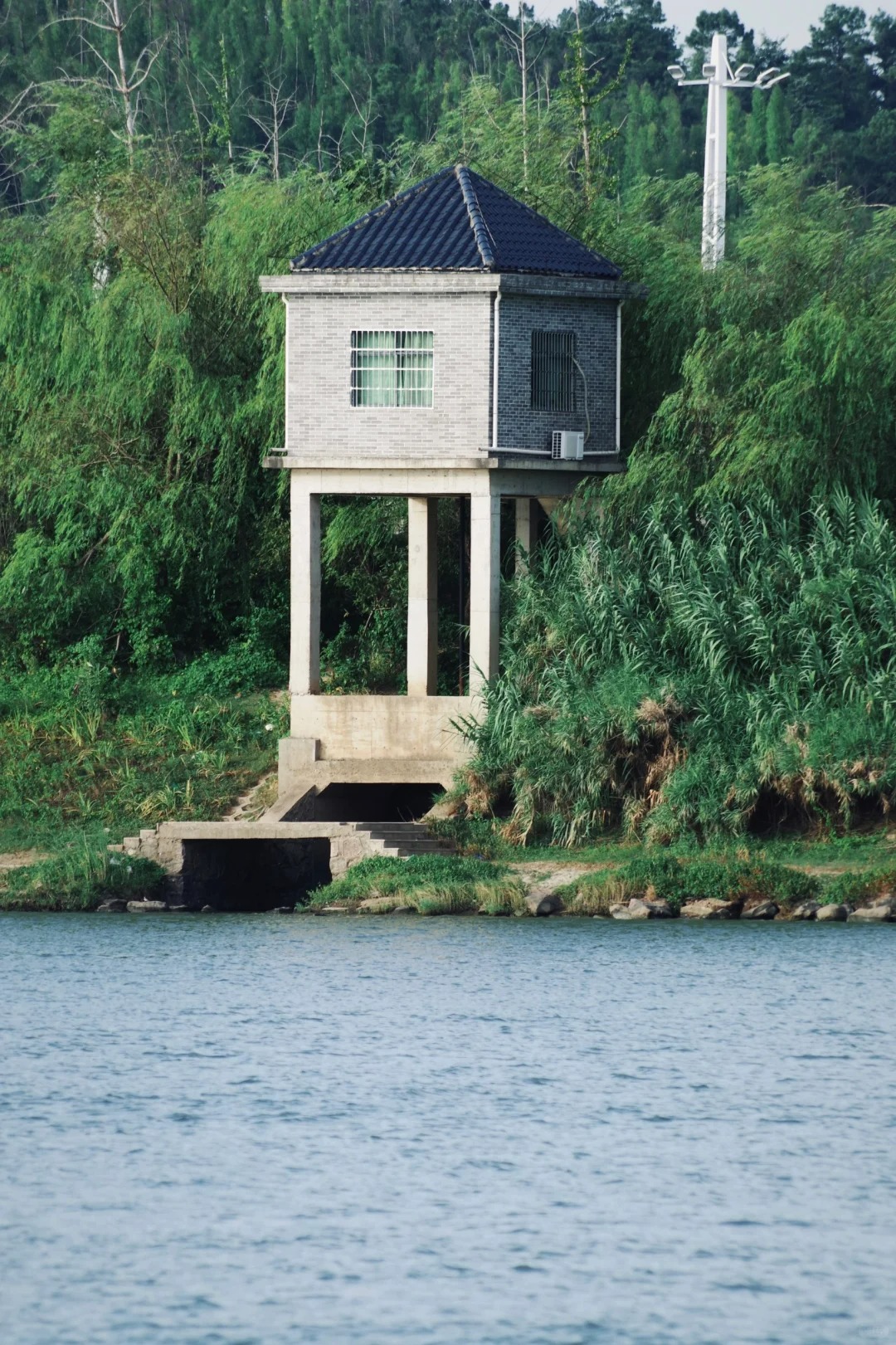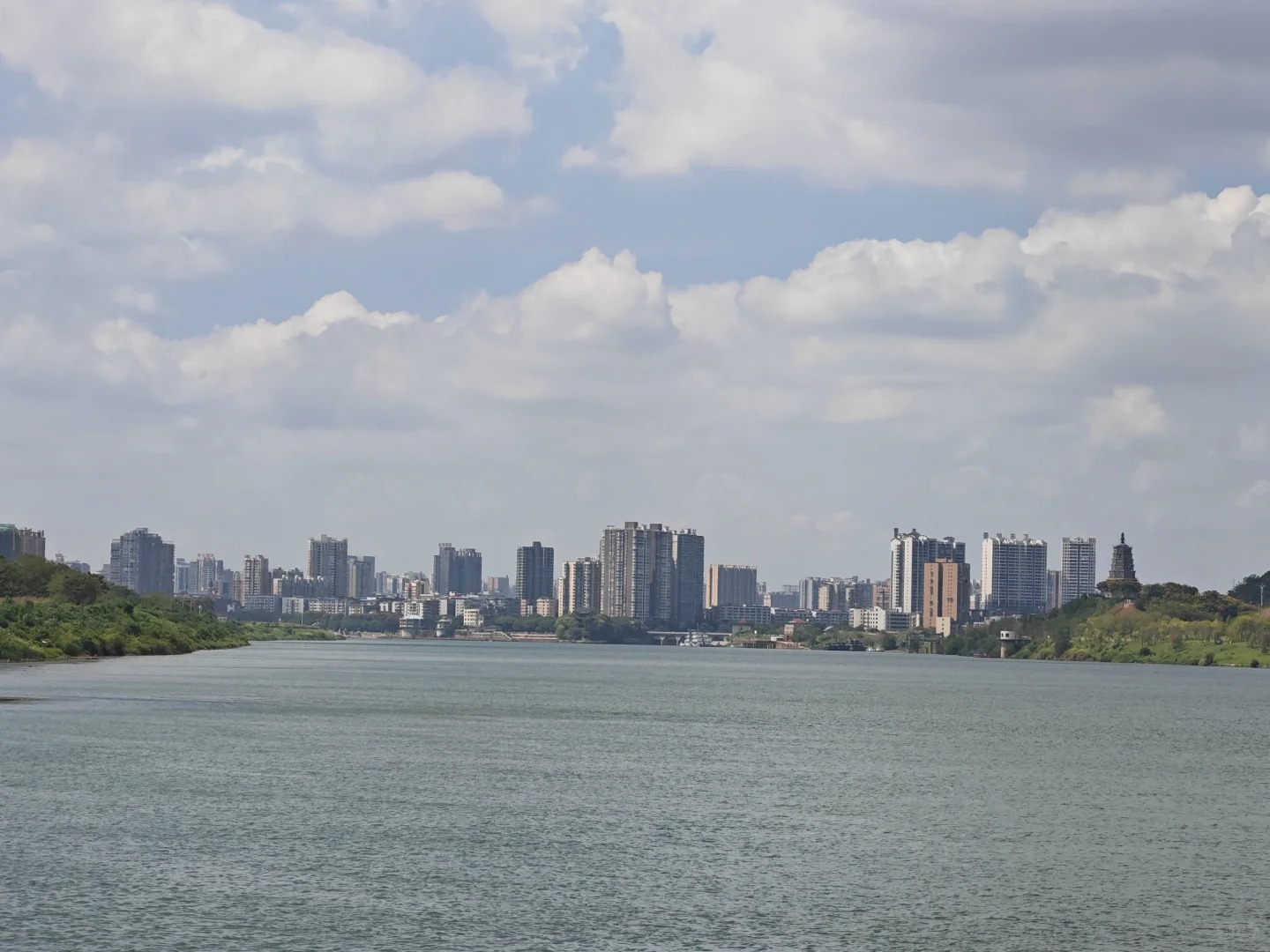Introduction to the Lei River
Nestled in the heart of Hunan Province, the Lei River (耒水) flows as a vital artery through the region’s lush landscape. This significant waterway serves as a major tributary to the larger Xiang River, playing a crucial role in the local ecosystem and economy.
Often overshadowed by its more famous cousins, the Lei River offers a unique glimpse into the natural beauty and cultural richness of central China. Its waters have witnessed centuries of history, shaping the lives of those who have called its banks home.

Geographical Features and Course
The Lei River stretches approximately 453 kilometers (281 miles) from its source in the mountains of southern Hunan to its confluence with the Xiang River. Along its journey, it passes through several key cities and towns, including Leiyang and Hengyang.
| Feature | Description |
|---|---|
| Length | 453 km (281 miles) |
| Source | Mountains of southern Hunan |
| Mouth | Confluence with Xiang River |
| Major Cities | Leiyang, Hengyang |
The river winds through a diverse landscape of rolling hills, fertile valleys, and occasional rapids. Its course is marked by picturesque bends and serene stretches, offering a constantly changing panorama to those who travel along its length.
Historical and Cultural Significance
For millennia, the Lei River has been a lifeline for local communities. Ancient settlements dating back to the Neolithic period have been discovered along its banks, testifying to its long-standing importance in human habitation.
Throughout history, the river served as a vital transportation route, facilitating trade and cultural exchange. Local folklore is rich with tales of river gods and water spirits, reflecting the deep connection between the people and this waterway.
One notable historical event linked to the Lei River is the Battle of Leiyang during the Taiping Rebellion in the 19th century, where the river played a strategic role in military maneuvers.
Ecological Importance and Biodiversity
The Lei River ecosystem boasts a rich tapestry of flora and fauna:
- Diverse fish species, including the rare Chinese sturgeon
- Lush riverside vegetation, with bamboo groves and deciduous forests
- Migratory birds using the river valley as a seasonal corridor
Conservation efforts focus on protecting this biodiversity, particularly in the face of increasing urbanization and industrial development. Seasonal fluctuations bring dramatic changes to the river’s ecosystem, from spring floods to tranquil summer flows.

Economic Role and Modern Usage
Agriculture remains a cornerstone of the local economy, with the Lei River providing irrigation for vast tracts of farmland. Rice paddies and vegetable fields line its banks, creating a patchwork of green that stretches to the horizon.
While industrial use is limited compared to larger rivers, small-scale hydroelectric projects harness the Lei’s power for local energy needs. The river continues to play a vital role in supporting local livelihoods, from fishing communities to agricultural enterprises.
Tourism and Recreational Activities
Although not as developed for tourism as some of China’s more famous rivers, the Lei offers unique experiences for intrepid travelers:
- Scenic boat rides showcasing the rural landscape
- Fishing excursions guided by local experts
- Hiking trails along the riverbanks, revealing hidden waterfalls and viewpoints
Cultural sites near the river, such as ancient temples and traditional villages, provide windows into the region’s rich heritage.

Practical Information for Travelers
Accessing the Lei River is best done through the cities of Leiyang or Hengyang. Local buses and taxis can take you to various points along the river. The best times to visit are spring and autumn when the weather is mild and the scenery at its most picturesque.
Accommodation options range from modern hotels in larger cities to charming guesthouses in rural areas. Local cuisine is a must-try, featuring fresh river fish and regional Hunan specialties known for their spicy flavors.
When planning your visit, consider these safety tips:
- Check water conditions before engaging in any river activities
- Respect local customs and ask permission before photographing people or religious sites
- Be prepared for limited English in rural areas
To enrich your Hunan experience, combine your Lei River exploration with visits to nearby attractions such as:
- The ancient town of Hongjiang
- Hengshan Mountain, one of China’s sacred peaks
- The vibrant provincial capital, Changsha
Venturing along the Lei River offers a journey into the heart of Hunan’s natural beauty and cultural heritage. As you trace its course through misty valleys and past ancient villages, you’ll discover a side of China often overlooked by mainstream tourism. The Lei River may not boast the fame of the Yangtze or the Yellow River, but its quiet charm and unspoiled landscapes provide a genuine, intimate encounter with rural China’s soul. Whether you’re drawn by the promise of serene natural vistas, intrigued by the echoes of ancient history, or simply seeking an off-the-beaten-path adventure, the Lei River awaits with its timeless flow and hidden wonders.





